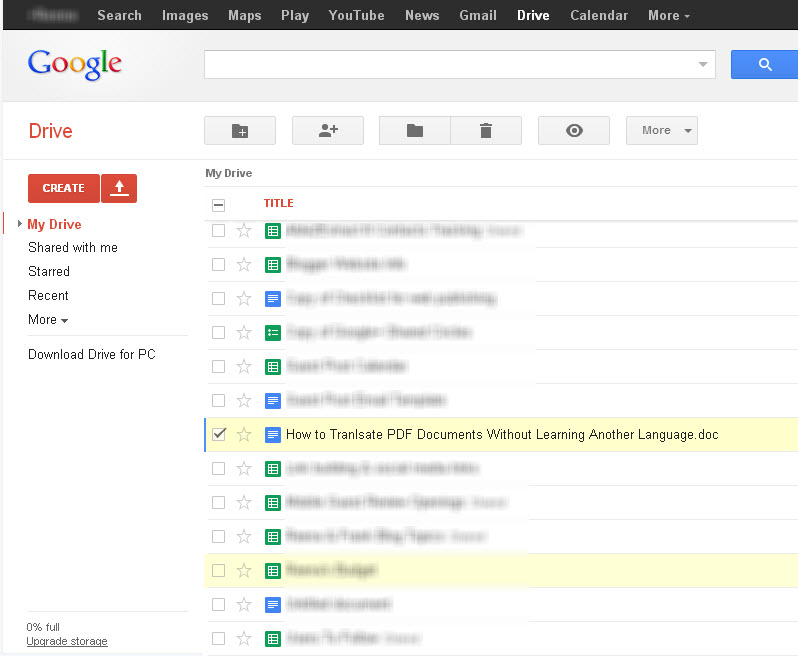

Windows 8 is backward compatible, unlike the offshoot Windows RT that runs on ARM-based tablet PCs. There’s a great deal of potential personalization as a result. Tiles on the Start Screen can be arranged according to user preference and are available in two sizes. Live Tiles are handy for all the little things like weather reports and appointment reminders that are useful to glance at but don’t normally require significant attention. This means that you can get updates from your various apps simply by hitting the Start button.

Rather than giving just an icon, however, all programs designed for Metro can be made to display Live Tiles. The Start Screen shows off your installed applications.
:max_bytes(150000):strip_icc()/google-drive-c84af3143de54510b69ccd0396228787.png)
The Start Menu has been replaced by a Metro-style Start Screen and Microsoft will now be running their own App Store specifically for programs designed with Metro in mind. It can be considered the new face of the operating system. Metro is a tile-based interface previously seen on Windows Phone 7. The most obvious change is the move to the Metro UI. That in mind, what do customers really get that’s new in Windows 8 compared to previous releases? Compared to many previous releases, that is an almost absurdly low price. As a promotion for the new OS, they will be selling upgrades for as little as $40 that will work for users of Windows XP, Vista, or 7. Microsoft is gearing up for the release of Windows 8 on October 26 th of 2012.


 0 kommentar(er)
0 kommentar(er)
